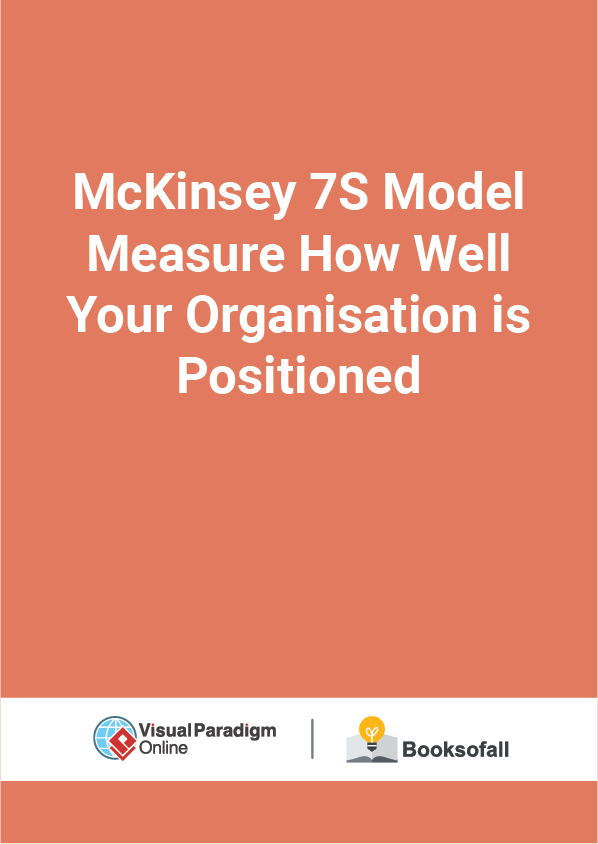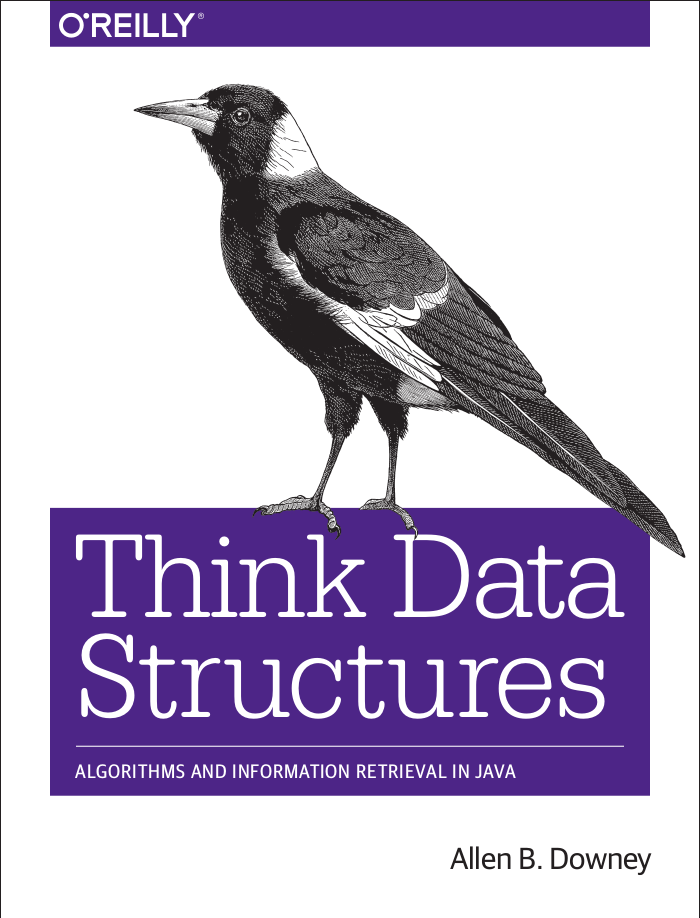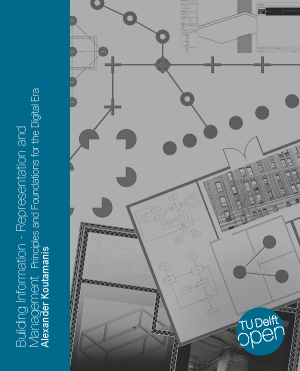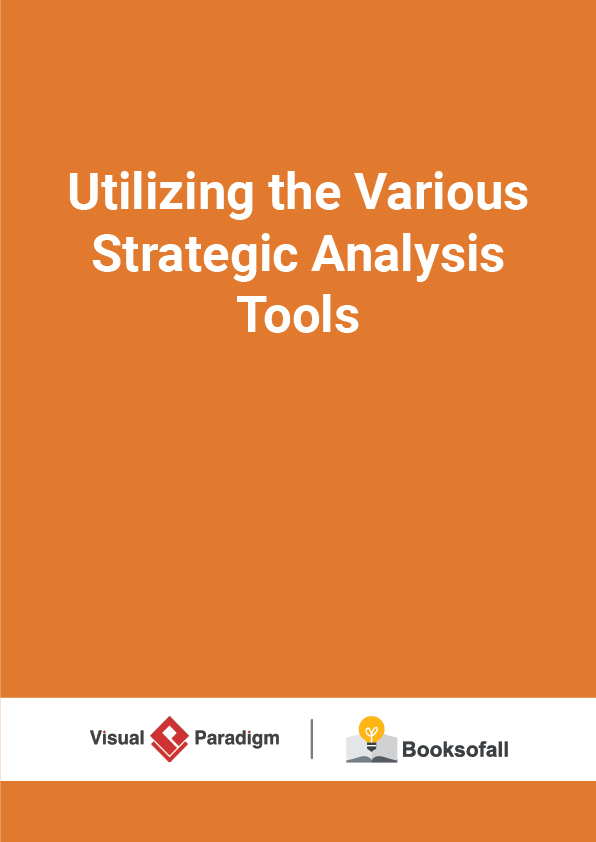McKinsey 7S Model: Measure How Well Your Organisation is Positioned?
3-4 minutes
The McKinsey 7-S Framework was developed in the early 1980s by McKinsey & Company employees Tom Peters and Robert Waterman. It appeared also in “In Search of Excellence” by Peters and Waterman and was taken up as a basic tool by the global management consultancy company McKinsey. Since then it is known as their 7-S model.
The McKinsey 7S Model is a framework for organizational effectiveness that postulates that seven internal factors of an organization must be aligned and reinforced to be successful. The seven elements all begin with the letter S and so the model is known as the McKinsey 7S framework. Three of the seven elements of the model are referred to as hard elements.
They are called hard elements because they are easier to define and management can affect them directly. The hard elements are as follows:
- Strategy – Purpose of the business and the way the organization seeks to enhance its competitive advantage.
- Structure – Division of activities; integration and coordination mechanisms.
- Systems – Formal procedures for measurement, reward and resource allocation.
Alongside these hard elements are four soft elements. These soft elements are so-called because they are less tangible, more influenced by culture but just as important. Because they are harder to identify, they are harder to copy by the competition and so can be important in giving the company a competitive advantage.
The soft elements are as follows:
Shared Values
- Skills – The organization’s core competencies and distinctive capabilities.
- Staff – Organization’s human resources, demographic, educational and attitudinal characteristics.
- Style – Typical behavior patterns of key groups, such as managers, and other professionals.
Edit this McKinsey 7S Model template
By looking at each element and how it is connected, a business can determine whether it is in a position to achieve its goals and how it will respond, and adapt, to change. The idea is that if one area is lacking or needs adjustment, then the other elements will need to be adjusted as well. All the elements are interrelated so that the change in performance in any one of the components will influence another.
The Benefits of 7s Framework
The purpose of the 7-S framework is to function as a checklist of sorts for a business, which a framework for organizational effectiveness that postulates that seven internal factors of an organization must be aligned and reinforced to be successful. It has found favor among change consultants for providing a structure to:
- Improve the performance of a company.
- Account for the effects of changes within a company
- Align departments and processes during a drive to greater efficiencies or following a merger or acquisition.
- Work out how to implement a strategy.











